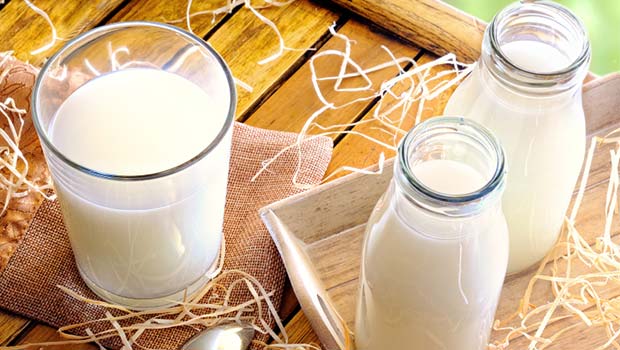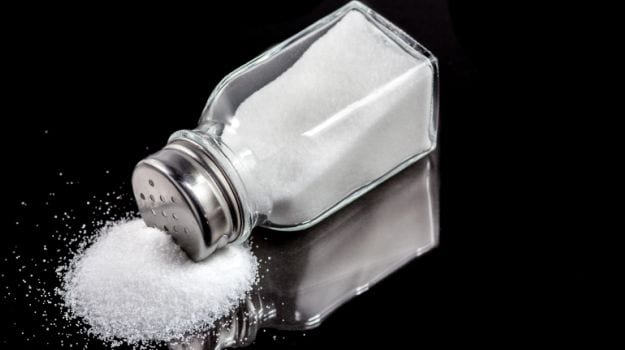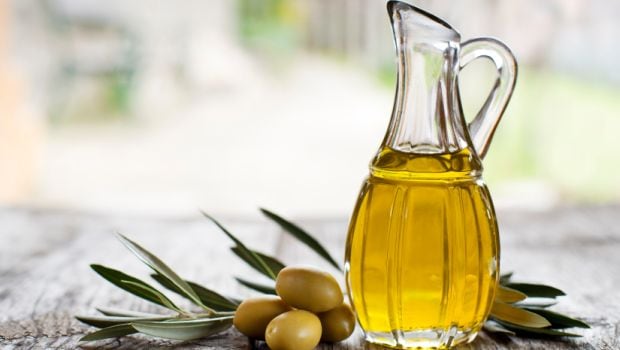Food Fortification: Why Added Nutrients are Necessary in Staple Foods

It is rightly said that you are what you eat. Nutrition plays such an important role for our well-being that it shouldn’t be neglected or taken for granted. We often fail to realise that how we live today will show effects when we grow older. However, while some of us have the luxury of altering our diet according to our likes and dislikes, there are several others who need to make the most of the handful of food ingredients that are available at hand. Thus came the concept of fortified foods. In today’s time, we all are familiar with iodised salt or calcium enriched milk, which are a result of a mass effort to tackle malnutrition. Food fortification basically refers to the process of adding essential micronutrients, such as vitamins and minerals, to food staples to make them more nutritious.
This is done because sometimes post agriculture, the food products may lack certain vital nutrients due to poor soil conditions or other environmental factors. Also, in some regions the normal diet of the population lacks variety, where they consume only limited food items leading to dietary deficiencies. For example, one often hears tales of farmers living on a meal comprising boiled rice, a pinch of salt and a green chilli; or whole wheat rotis with pickle on the side.
“According to the National Survey data, around 70% of preschool children suffer from iron deficiency, while 85% of preschool children suffer from sub-clinical Vit. A deficiency. Many birth defects are caused due to unavailability of adequate nutrients, 50-70% of which can be prevented. The success of food fortification is evident from the early 1920s, with the first cases of fortification conducted successfully in both Switzerland and USA. From then on, many countries adopted this practice. Currently, as many as 83 countries around the world have, in one way or the other, mandated fortification. The Salt Iodization program was one of the first Food Fortification programs that were a tremendous hit, in terms of reducing the rate of goiter. Few State governments, with aid from certain public health programs, are implementing wheat fortification with iron and folic acid,” says Mr. Ashwin Bhadri, CEO of Equinox Labs.

What Food Items Can Be Fortified?
While we are all familiar with fortified salts and milk, other ingredients that fall under this category include atta, maida, edible oil, butter, cheese, cereals, infant formulas, teas and other healthy beverages, etc. While fortified foods is a stepping stone towards preventing malnutrition on a large scale, health experts point out the fact that there could be chances of increased toxicity as well, if proper method of fortification is not carried out by the respective food brands.
According to researchers of the study on Fortification of Foods with Vitamin D in India, done by University of California, “The supplementation strategy certainly has greater specificity of intervention and allows better dose adjustment. However, its disadvantages are: incurred user cost, low compliance, self-prescription and increased risk of toxicity. Therefore it is essential to set certain guidelines to prevent any mishap. Addressing this issue at hand, The Food Safety and Standards Authority of India (FSSAI) has set up a panel to draft guidelines on fortification of food items such as salt, milk, wheat flour, rice and edible oil, and prepare strategies to address malnutrition problem.
According to Mr. Bhadri, “Food fortification is the most convenient and cheapest method to help people overcome nutrient deficiencies. FSSAI has formulated comprehensive regulations for Fortified foods, which are called the FSS (Fortification of Foods) Regulations, 2016. The regulations include standards for fortification of wheat flour, maida, oil, milk, rice, salt and vanaspati and have been operationalised since 16th October, 2016. Particular focus has been on the products to be fortified. As per the Household Consumer Expenditure Survey 2014, people in India consume cereals around 300g/day, oil about 25g/day and salt around 8-10g/day. You can imagine the reach of the staple diet to help curb malnutrition.”

Fortified Food Guidelines
The FSSAI draft rules were operationalised in October even as they sought comments from stakeholders before finalising the final regulations. Standards have been set for fortification of salt with iodine and iron; of vegetable oil and milk with vitamin A and D; wheat flour and rice with iron, folic acid, zinc, vitamin B12, vitamin A and some other micro nutrients
“FSSAI has set up a new Scientific Panel on Food Fortification and Nutrition to address issues related to fortification of food,” the regulator said in a statement. The Panel will identify critical nutritional gaps in the Indian diet in general as well as in specific target groups based on diet surveys and credible scientific evidence. It will define strategies to address nutritional needs of the general population and vulnerable groups, besides reviewing the standards for all suitable food fortifying vehicles.
The panel will also address regulatory and related technological issues, review proposals from industry using modern risk assessment methods, and prescribe standard sampling and test methods for effective monitoring, surveillance and enforcement of the relevant regulations. With an effective regulatory mechanism along with the continuous support of all the stakeholders, FSSAI expects that the problem of malnutrition in general and micronutrient malnutrition in particular would be overcome soon.
FSSAI has also unveiled a logo for fortified foods which may be used by food companies.
[“source-ndtv”]


